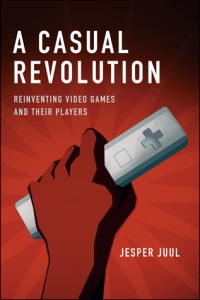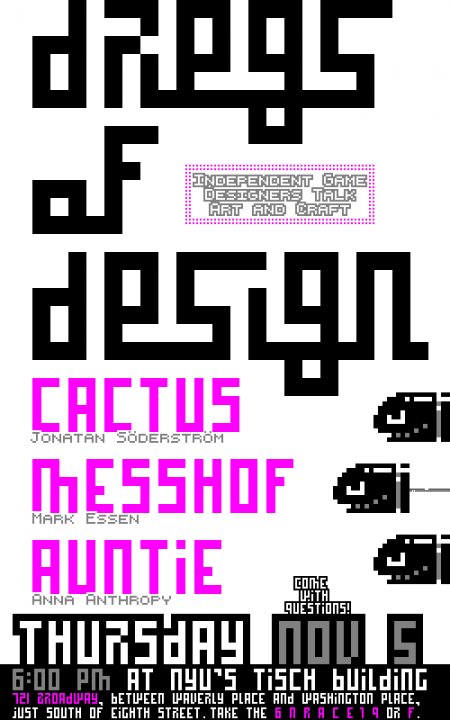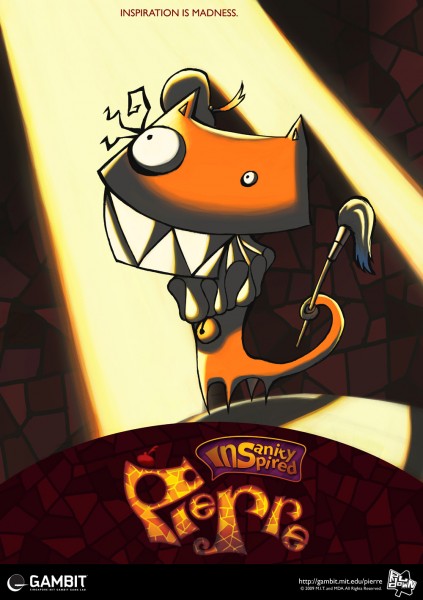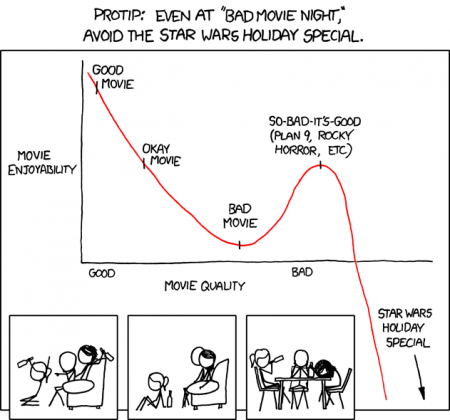I am giving a talk November 18 at the Institute for Film and Dramaturgy at the Johannes Gutenberg-Universität in Mainz.
Title: Stories that Games Tell: The Future of Time and Narratives in Video Games
The talk will bridge my earlier work on games and narratives with my more recent work on casual games.
November 18, 19:00-21:00. Hörsaal der Filmwissenschaft, Medienhaus – Wallstraße 11, 55122 Mainz.



 From the not-so-
From the not-so-